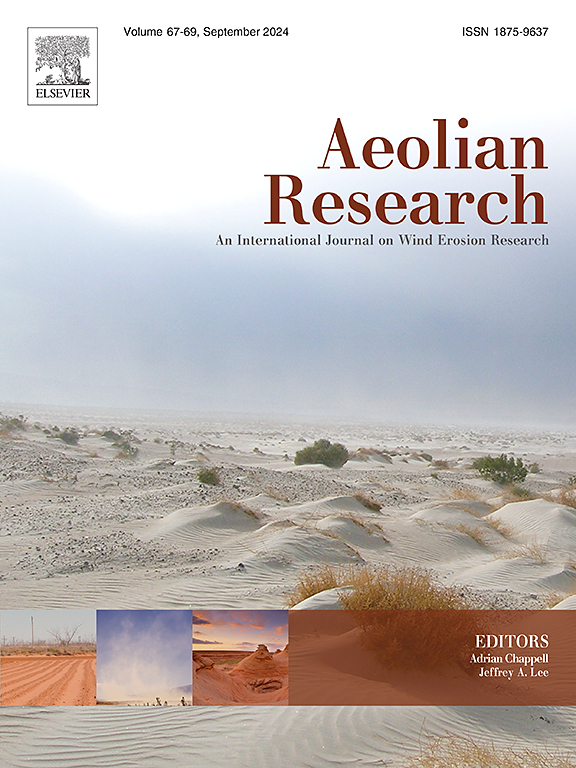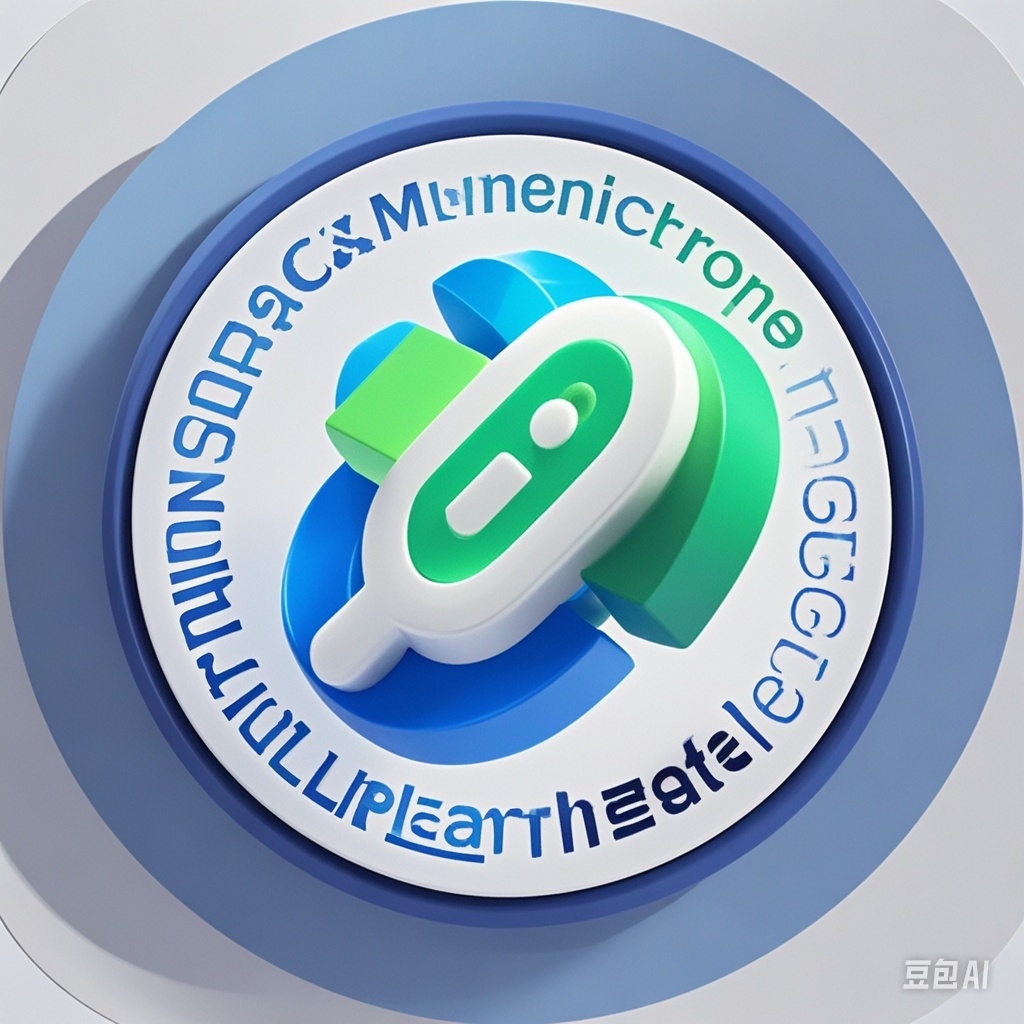Magnetic susceptibility of surface soils in the Mu Us Desert and its environmental significance
2017-04-01 null null 25(卷), null(期), (null页)
Magnetic susceptibility has been widely used as a climatic proxy in paleoclimatic research. In arid and semi-arid regions, the magnetic properties of modern surface soil are significantly influenced by precipitation. This is demonstrated by observed positive correlations between percentage frequency-dependent magnetic susceptibility (chi fd%), which reflects the presence of fine-grained (superparamagnetic, SP) grains produced during weathering and pedogenesis, and regional mean annual precipitation (MAP). To further investigate this relationship, we measured the magnetic properties of 104 surface soil samples collected along two transects (AA and BB) spanning a rainfall gradient across the Mu Us Desert in northern China. There were no systematic trends in magnetic properties along transect BB; the chi fd% values remained relatively low and stable, probably reflecting weak pedogenesis and the domination of the magnetic properties by lithology. In contrast, along transect AA there was a significant positive correlation (p < 0.01) between chi fd% and regional MAP. From this relationship, we developed a transfer function (P = 274.1 + 1424.4 x chi fd%) and used it to produce quantitative estimates of paleo-precipitation within three Holocene aeolian sections located in the southern the modern Mu Us Desert. The results show that the variations of reconstructed precipitation are consistent with those of lithological properties, and they also confirm previous conclusions that paleosol development in the study area is dominated by precipitation. Overall the results further demonstrate the feasibility of using frequency-dependent magnetic susceptibility to quantitatively reconstruct regional paleo-precipitation, including within a geographically diverse desert area. In addition, they provide an improved understanding of the main sand provenance in Mu Us Desert. (C) 2017 Elsevier B.V. All rights reserved.
相关推荐
- Landslide susceptibility prediction and mapping in Loess Plateau based on different machine learning algorithms by hybrid factors screening: Case study of Xunyi County, Shaanxi Province, China [2017-04-01]
- Time-Transgressive Onset of Holocene Climate Optimum in Arid Central Asia and Its Association with Cultural Exchanges [2017-04-01]
- High-northern-latitude forcing modulated fluvial-aeolian interplay during the Last Glacial Period in the Mu Us Desert, northern central China [2017-04-01]
- Holocene vegetation and climate reconstructions from pollen records in the Mu Us Sandy Land, China [2017-04-01]
- Climate-soil interactions improve the stability of grassland ecosystem by driving alpine plant diversity [2017-04-01]



